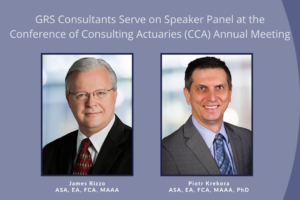Industry News
Print
NASBO Releases 2021 State Expenditure Report
On November 19, 2021, the National Association of State Budget Officers (NASBO) released its 2021 State Expenditure Report: Fiscal Years 2019-2021. This annual report examines spending in the various areas of state budgets including: elementary, secondary and higher education; public assistance; Medicaid; corrections; transportation; and other areas. It also includes data on capital spending and revenue sources in state general funds.
Some of the key findings include:
- In fiscal year 2021, total state spending (including general funds, other state funds, bonds, and federal funds) is estimated to increase 16.2%. The strong gains from federal funds to states is directly related to the COVID-19 pandemic response and recovery efforts. In fiscal 2021, states reported spending $321.6 billion in overall federal COVID-19 aid.
- Federal funds spending is estimated to sharply increase 35.7%. The significant increase is mainly due to additional federal aid states received in response to the COVID-19 pandemic, including the Coronavirus Aid, Relief, and Economic Security (CARES) Act and the American Rescue Plan Act of 2021 (ARPA).
- Spending from the states’ own funds (general funds and other state funds combined, excluding bonds) is estimated to increase 5.7%.
- The “all other” category is estimated to have the largest gain in total state spending at 29.3%. Many of the top expenditure areas for both CARES Act and ARPA funds fall under the “all other” category such as unemployment insurance, public health programs, housing assistance, emergency management, economic relief, aid to local governments, and broadband and other technology upgrades.
- State general fund revenue is estimated to increase 12.8% mainly due to federal stimulus measures which have helped to bring additional money into the economy. Furthermore, revenues in both fiscal 2020 and fiscal 2021 were impacted by the shifting of the 2020 tax deadline from April 15 to July 15.
The report is available here.


